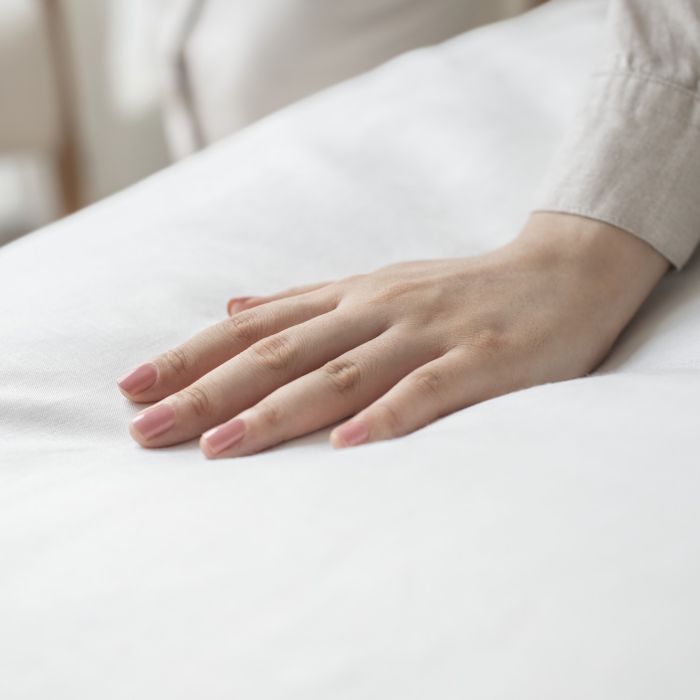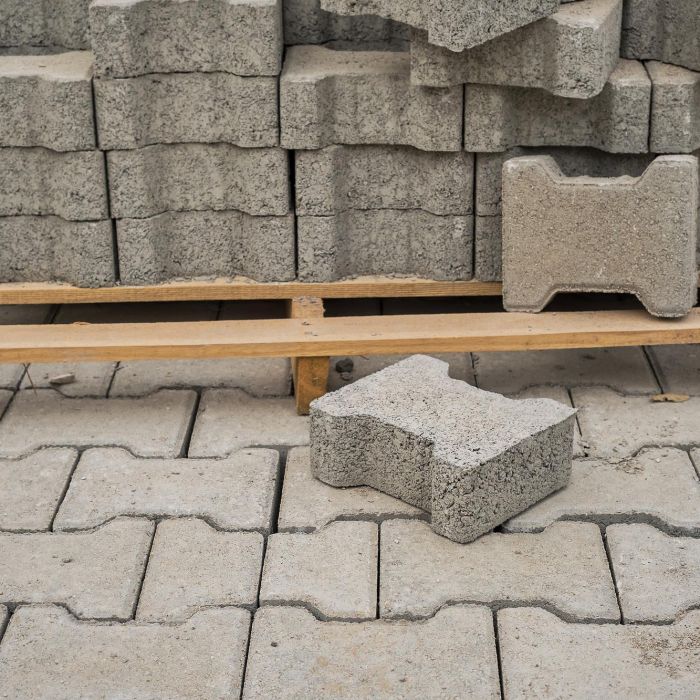During those days when your home was getting ready for possession, you probably thought often about the most important things that needed to be done before your family could live there.
One of the items that you thought was absolutely unlivable without were the drapes, blinds, or curtains. How can you even spend a day in a house without these? The new house doesn’t look complete without their first upholstery.
The job of a drape or curtain is not only to beautify the space—though they do this job beautifully—but also to functionally bring privacy to your space, and protect your furniture and other items in the house from extreme heat and sunlight.
When you were doing up your home, you were very clear that the material used for your curtains and blinds must be eco-friendly. This not only brings you one step closer to nature but also has several other advantages. Some of the advantages of eco-friendly materials for drapes and curtains are:
-
No harmful chemicals are used in making, processing, or dyeing the fabric. So, you are free from harmful chemicals in one section of your home. Especially for kids, the elderly, or even pets, this can be good news. Many times, certain skin conditions can arise due to the effect of harmful chemicals used.
-
Maintenance is easier compared to factory-made fabrics.
-
Artificial fabric may lose shine and luster after washing if the washing is not done as per the instructions mentioned by the maker. Have you ever heard the same for pure silk or cotton?
-
The maintenance of drapes, curtains, or blinds is much cheaper when made with natural fabric as well.
-
You are contributing to the environment in a way. As you use naturally made fabric for anything, you indirectly contribute to the farmer making the fabric and every individual involved in the process.
When we talk about eco-friendly drapes, curtains, or blinds, it primarily means the material we are talking about. So, let’s have a look at the materials that you can use for making them eco-friendly and sustainable:
Belgian Libeco Linen
The flax plant is a plant that can produce fiber and is grown best in France. The best produce comes from Belgium and the Netherlands. The fiber is known to be very high in quality and is a pure product that is actually quite indulgent. Drapes and curtains made from this fabric can turn out to be quite soothing, as it has a unique tinge of color and smoothness to its finish.
Wooden Blinds
These can come in different variations. They can be made of seasoned wood or naturally woven wood. They definitely give a character to any room that is traditional and warm. These are also available in made-to-order designs with lining behind, if a customer wishes to have them.
Pure Cotton
This is one of the finest fabrics and a personal favorite. Mostly, in all shops/online stores, you can avail cotton curtains. The only thing to keep in mind is the thread count of the fabric—the higher the thread count, the better the fabric. There are various types of pure cotton which can be used in curtains, but we can keep the discussion of that for another day.
Pure Silk
Silk is another fabric that brings a rich vibe to your space just with its presence. It is a highly recommended fabric if you are someone who enjoys grandeur or likes richness in your space. Silk has many varieties specific to its region of origin, each of them being quite different from each other. Pure silk, handloom silk, and tussah silk are some of the varieties that you can use to give your curtains that richness. The details of each variety can be discussed later.
Khadi
This is an eco-friendly fabric specifically Indian. It is handwoven and made with hand-spun yarn. There can be various combinations of cotton, silk, wool, or muslin that can be made to create specific kinds of materials. Each state in India produces different kinds of Khadi, and India exports various kinds of Khadi material. This can be a fantastic material for curtains and blinds.
To ensure if your chosen fabric for your drapes, curtains, or blinds has actually passed the tests for being eco-friendly, you can check the score of the particular fabric on its HIGG index. The higher the score, the better it is for the environment.
Another good test is to check if the fabric is GREENGUARD stamped. This is a very exhaustive method worldwide that determines if the fabric production has not been a part of any process that harms the environment.
One tip you may have researched and found is to avoid considering fabrics that claim to be stain-proof and water-resistant. This is a clear indication that the fabric has been treated with harsh chemicals. These kinds of chemicals are actually harmful to humans and should not be considered.
It is a good idea to do a little bit of research on the material you opt for. Drapes and curtains are not the kind of items that are replaced very often. So, even though the research might be a little time-consuming, it is actually worth the effort. You may find that with this research, you are making an informed choice that will benefit your home and the environment in the long run.





